“The papacy has impacted our world far beyond religion, faith and the Catholic church”
POPE: THE MOST POWERFUL MAN IN HISTORY
Distributor Fremantle Media International
Producer Glass Entertainment Group
Length 6 x 60 minutes
Broadcaster CNN (US)
A six-part epic exploring the political power that the papacy has wielded throughout history isn’t something you’d expect from a producer whose cable shows include Extreme Poodles and Staten Island Cakes.
However, Glass Entertainment vice-president Jon Hirsch, who previously specialised in history docs at HBO, drew inspiration from a childhood memory of Pope John Paul II, working with the Ronald Reagan administration to end communism.
According to Hirsch, the resulting docu-series on the Pope (all 266 of them) and how the role has changed dramatically over the past 2,000 years is “not a show about religion but about an office that has shaped the world”.
He adds: “Over a billion Catholics look to the Pope as a religious leader but the papacy has impacted our world far beyond religion, faith and the Catholic church.”
The documentary should not just appeal to Catholic territories, Hirsch adds, but to all buyers interested in historical and political factual shows.
The series covers events in a loose chronology – from St Peter to the current Pope Francis – with the emphasis on emotional hooks and contemporary relevance rather than delivering a definitive history.
Episode one is an ‘origins’ story, examining how the papacy and Catholicism spread across Europe.
“You also get an early sense that, as the papacy spreads and grows, this office isn’t just religious but holds political and economic power, essentially commanding the warlords during the Crusades,” Hirsch explains.
The series also explores early examples of inter-religious co-operation and tolerance. In one scene shot in the Old City of Jerusalem, we meet Adeeb Joudeh, whose Muslim family has for centuries been entrusted with the key to the Church of the Holy Sepulchre, where Christians believe that Christ was entombed.
It follows Joudeh on his daily journey, opening the church in the morning and closing it again at night, using an imposing wrought iron key that is believed to be more than 850 years old.
According to Hirsch, the series boasts unprecedented access to the Vatican. “It took a long time to make happen but there are plenty of secret archives and access to documents on the history of papacy,” he says.
The film also explores lesser-known pockets of Vatican City, venturing into the back alleys of the Sistine Chapel where filming is not normally granted. Many archives are located in humidity-controlled bunkers dating back centuries.
For the first time on TV, viewers get to see the Unam Sanctam, a version of the papal bull issued by Pope Boniface VIII in the 13th century, asserting Papal rights over King Philip IV of France.
The Reformation episode shows a letter to Pope Leo X, signed by Henry VIII and 81 noblemen, requesting an annulment of the King’s marriage to Catherine of Aragon.
Later episodes feature more film archive, with sections focusing on World War II and how much Pope Pius XII knew about the Holocaust in Nazi-occupied Europe.
Hirsch was also thrilled to land his first choice of narrator, Liam Neeson. “Liam invested a lot of time in the show, requesting cuts and asking questions. He had an unbelievable handle on the material,” says Hirsch.
The series aired as a CNN Original last month in the US, where the first episode ranked number one among adults aged 25-54 and 18-34, according to Nielsen Fast National data.
Topics
Factual
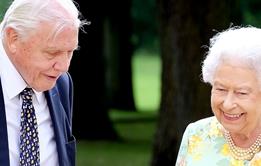
Blue-chip pieces include Sir David Attenborough and the Queen’s Green Planet; Keo Films’ ambitious Year of the Tribe and CNN’s six-parter on the Pope
- 1
- 2
- 3
- 4
- 5
- 6
 Currently
reading
Currently
reading
Hot Picks: Pope: The Most Powerful Man in History
- 8
- 9
- 10



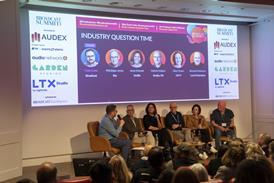
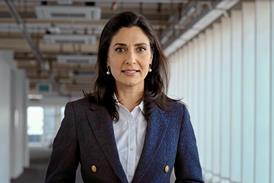



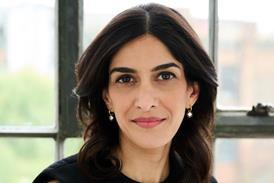
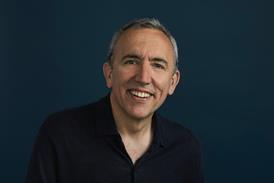
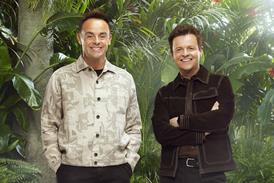
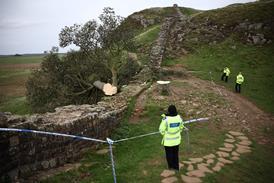
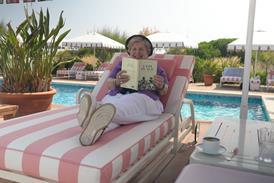
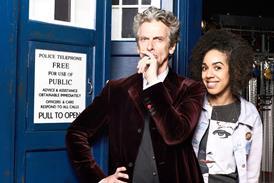
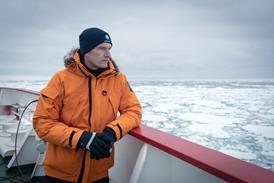

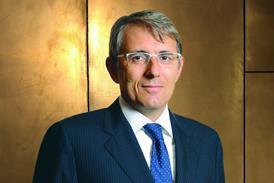


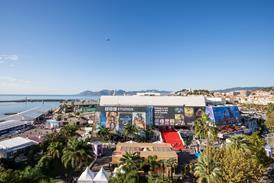

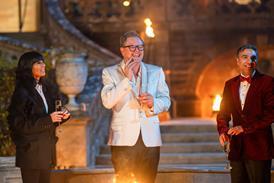
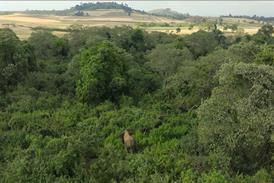










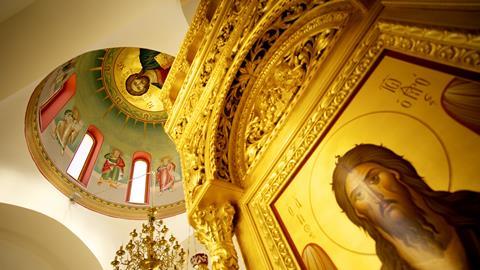















No comments yet